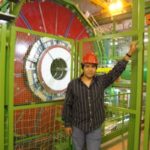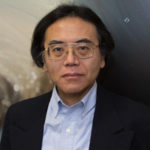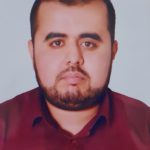
Dr. Alfredo Castaneda received his PhD working at the ATLAS experiment at CERN, in a joint degree between mexican university and University of Wisconsin group. He made important contributions to the search for new physics phenomena in particular to Supersymmetry signatures and gravitational objects (micro blackholes) at the LHC. Later in 2013, He joined the CMS collaboration as a Postdoctoral Research at TAMUQ university. Since then he has contributed as part of the GEM-CMS collaboration, with emphasis on simulation studies for the expected performance of the GEM detectors and the impact of the radiation environment during the High Luminosity LHC scenario. In addition, he is currently leading the analysis group in the search for dark matter signatures in multi-muon final states.

Dr. Alexei Safonov
Physics Department
TAMU, College Station

Dr. Teruki Kamon
Physics Department
TAMU, College Station

Dr Jim O’ Doherty is a Medical Physicist working in the area of Molecular Imaging and MRI. He holds a clinical appointment at Sidra Medicine, an academic appointment as an Assistant Professor at Weill Cornell Medical College Qatar, and is state registered as a Clinical Physicist in the UK. His research interests include clinical cardiology, molecular radiotherapy, MRI biomarkers and detection instrumentation related to improving clinical imaging.

Dr. Halima Bensmail is Associate Professor at HBKU’s College of Public Health, a Principal Scientist of Biostatistics/Statistics and Computational Biology at the Qatar Computing Research Institute (QCRI), and founder of the Computational Biology group (CS&E) at QCRI. Dr. Bensmail’s work focuses on developing new machine learning algorithms for solving large-scale and high-dimensional problems for achieving significant biomedical discoveries.

Dr. Jim Ji is an associate professor of electrical engineering at TAMU and TAMU-Qatar. His research interests include: A) Magnetic resonance imaging: parallel imaging, pulse sequence development, data acquisition protocols, and image reconstruction. B) Signal and image processing: image registration and segmentation; quantitative analysis; machine learning. C) Applications in cancer imaging, neuroimaging, and cardiac imaging.

Zakaria Aitelcadi

